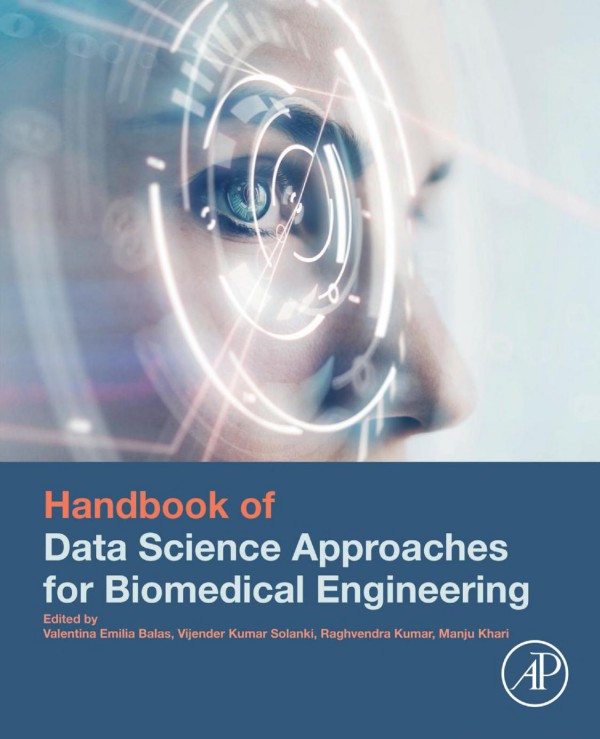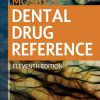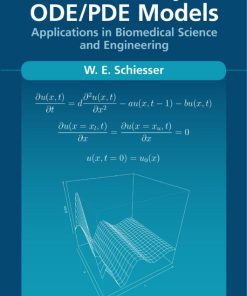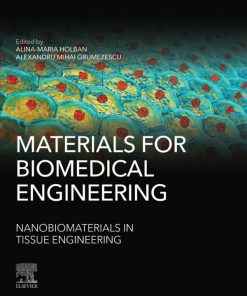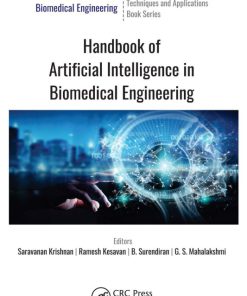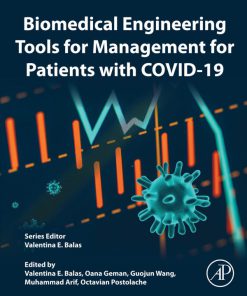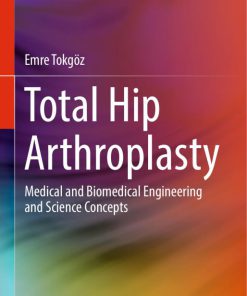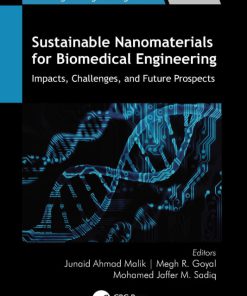(EBook PDF) Handbook of Data Science Approaches for Biomedical Engineering 1st edition by Valentina Emilia Balas 0128183195 9780128183199 full chapters
$50.00 Original price was: $50.00.$25.00Current price is: $25.00.
Authors:Valentina Emilia Balas , Series:Biomedical [122] , Author sort:Balas, Valentina Emilia , Languages:Languages:eng , Published:Published:Jan 2020 , Publisher:Elsevier
Handbook of Data Science Approaches for Biomedical Engineering 1st edition by Valentina Emilia Balas – Ebook PDF Instant Download/DeliveryISBN: 0128183195, 9780128183199
Full download Handbook of Data Science Approaches for Biomedical Engineering 1st edition after payment.
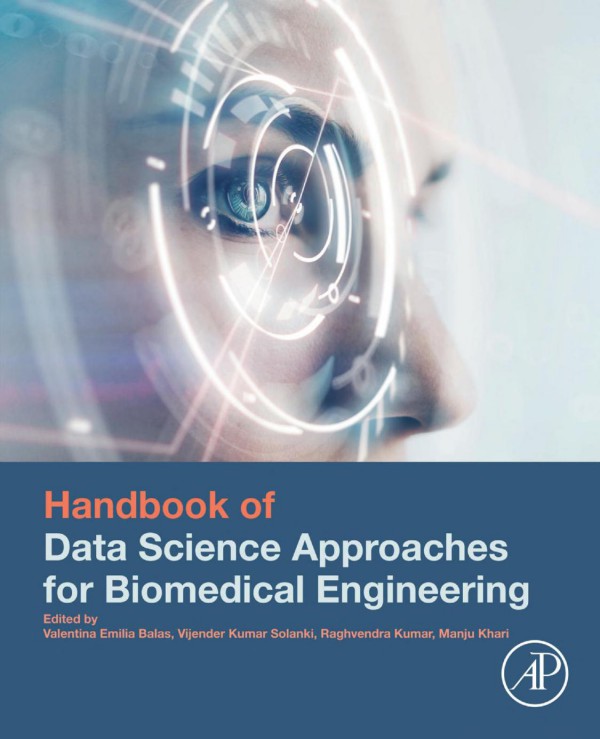
Product details:
ISBN-10 : 0128183195
ISBN-13 : 9780128183199
Author : Valentina Emilia Balas
Handbook of Data Science Approaches for Biomedical Engineering covers the research issues and concepts of biomedical engineering progress and the ways they are aligning with the latest technologies in IoT and big data. In addition, the book includes various real-time/offline medical applications that directly or indirectly rely on medical and information technology. Case studies in the field of medical science, i.e., biomedical engineering, computer science, information security, and interdisciplinary tools, along with modern tools and the technologies used are also included to enhance understanding.
Handbook of Data Science Approaches for Biomedical Engineering 1st Table of contents:
Chapter 1. Analysis of the role and scope of big data analytics with IoT in health care domain
1. Introduction
2. Sources of health care data
3. Tools and data analytics interfaces in medical and health care system
4. Health care with big data challenges
5. IoT defined
6. IoT for health care
7. Challenges for IoT in health care
8. Evolution of big data in medical IoT
9. Advantages
10. Literature survey
11. Implementation of a real-time big data analytics of IoT-based health care monitoring system
12. Conclusion
Chapter 2. Automated human cortical bone Haversian canal histomorphometric comparison system
1. Introduction
2. Sample collection
3. Sample preparation
4. Difficulties in sample preparation
5. Image acquisition
6. Microstructural parameter selection
7. Inclusion and exclusion criteria
8. Statistical tests
9. Automated comparison system
10. Automated system design
11. Sex comparison without age groups
12. Race comparison without age groups
13. Conclusion
Chapter 3. Biomedical instrument and automation: automatic instrumentation in biomedical engineering
1. Introduction
2. Biomedical instrumentation
3. Automation in the field of biomedical instrumentation
4. Automation in telerobotic surgeries
5. Types of robotic surgeries
6. Applications
7. Automatic wireless sensor networking in biomedical instrumentation
8. Biomedical applications of wireless sensor networking
9. Network topology
10. Bluetooth communication
11. Sensing technologies
12. Selecting RF transceivers
13. Recent advancements and applications in biomedical instrumentation
14. Conclusion
Chapter 4. Performance improvement in contemporary health care using IoT allied with big data
1. Introduction
2. Conclusion
Chapter 5. Emerging trends in IoT and big data analytics for biomedical and health care technologies
1. Introduction
2. Big data workflow for biomedical image analysis
3. Role of artificial intelligence and robotics in telemedicine
4. Wearable devices and IoT
5. Biotechnological advances
6. Conclusion
Chapter 6. Recent advances on big data analysis for malaria prediction and various diagnosis methodologies
1. Introduction
2. Disease prediction model based on big data analysis
3. Diagnosis techniques
4. Discussion
5. Conclusion
Chapter 7. Semantic interoperability in IoT and big data for health care: a collaborative approach
1. Introduction
2. State of the art
3. Semantic interoperability
4. Semantic interoperability in IoT health care
5. SI in big data health care
6. Conclusion and future work
Chapter 8. Why big data, and what it is: basics to advanced big data journey for the medical industry
1. Introduction
2. Why big data?
3. Health care and the four Vs of big data
4. An architecture of large-scale platform to develop a predictive model
5. The model through big data analytics
6. Impact of big data
7. Ethical issues
8. Conclusion
Chapter 9. Semisupervised fuzzy clustering methods for X-ray image segmentation
1. Introduction
Part 1: Theory background
1.1. Image segmentation problem
1.2. Data clustering
1.3. Fuzzy clustering
1.4. Semisupervised fuzzy clustering
Part 2: The combination of eSFCM and OTSU in image segmentation
2.1. The general diagram of the integration between the eSFCM and OTSU
2.2. OTSU threshold algorithm in image processing
Part 3: Semisupervised fuzzy clustering with spatial feature
3.1. The general framework
3.2. Determining suitable additional information
3.3. The semisupervised fuzzy clustering algorithm (SSFC-SC)
3.4. Fuzzy satisficing method and semisupervised clustering method in segmentation problem (SSFC-FS [35])
3.5. The properties and consequences from solution analysis
3.6. The advantages of the proposed algorithms
Part 4: Defining the suitable additional information for SSFC-FS algorithm
4.1. The framework of the SSFC-FSAI method
4.2. The set of additional information functions
4.3. Defining an appropriate additional information
4.4. Advantages of the new algorithm
Part 5: The results of implementations and applications
5.1. Dental X-ray image dataset
5.2. The performance among segmentation methods
People also search for Handbook of Data Science Approaches for Biomedical Engineering 1st:
handbook of data-based decision making in education
handbook of dynamic data driven applications systems volume 2
handbook of statistical analysis and data mining applications
handbook for dynamic data acquisition and analysis pdf
handbook of methods of applied statistics

